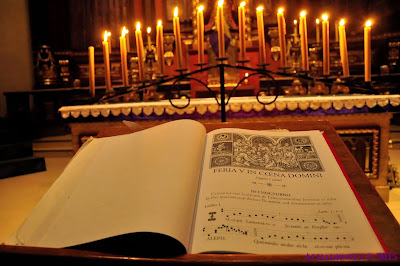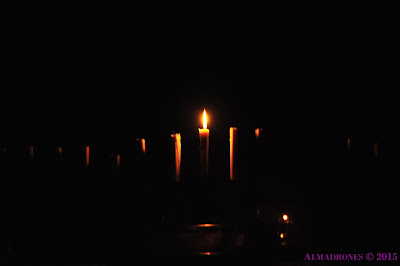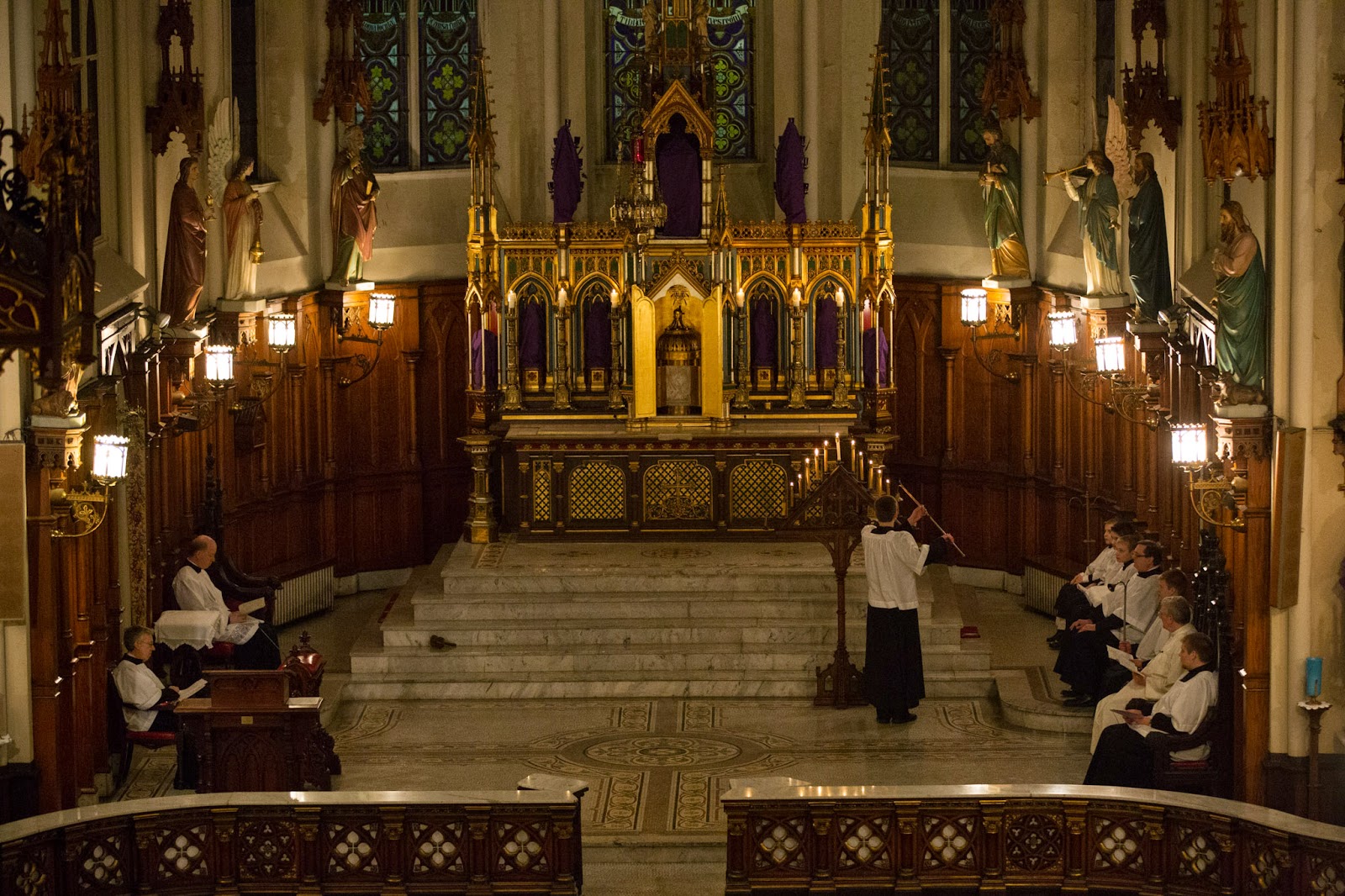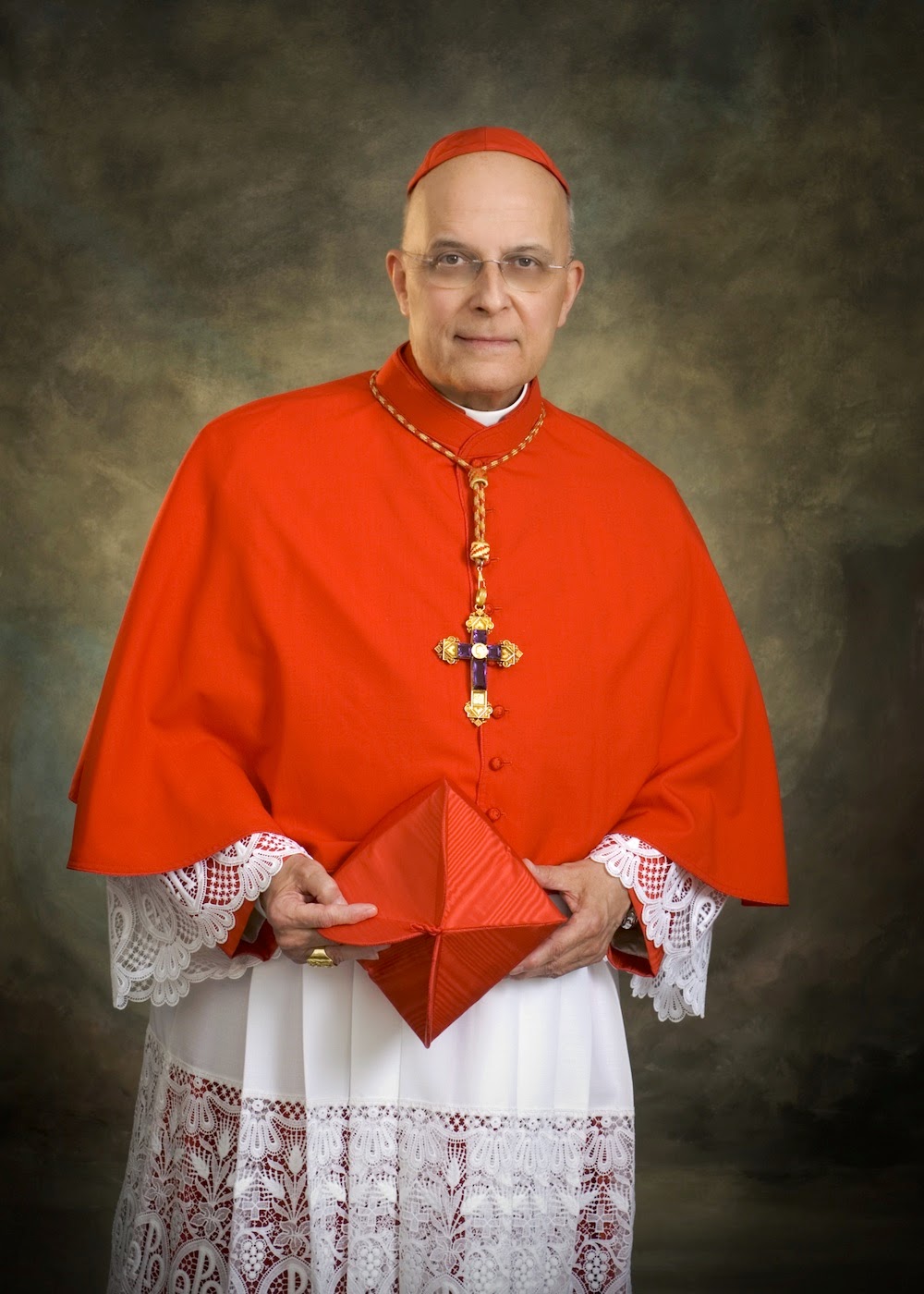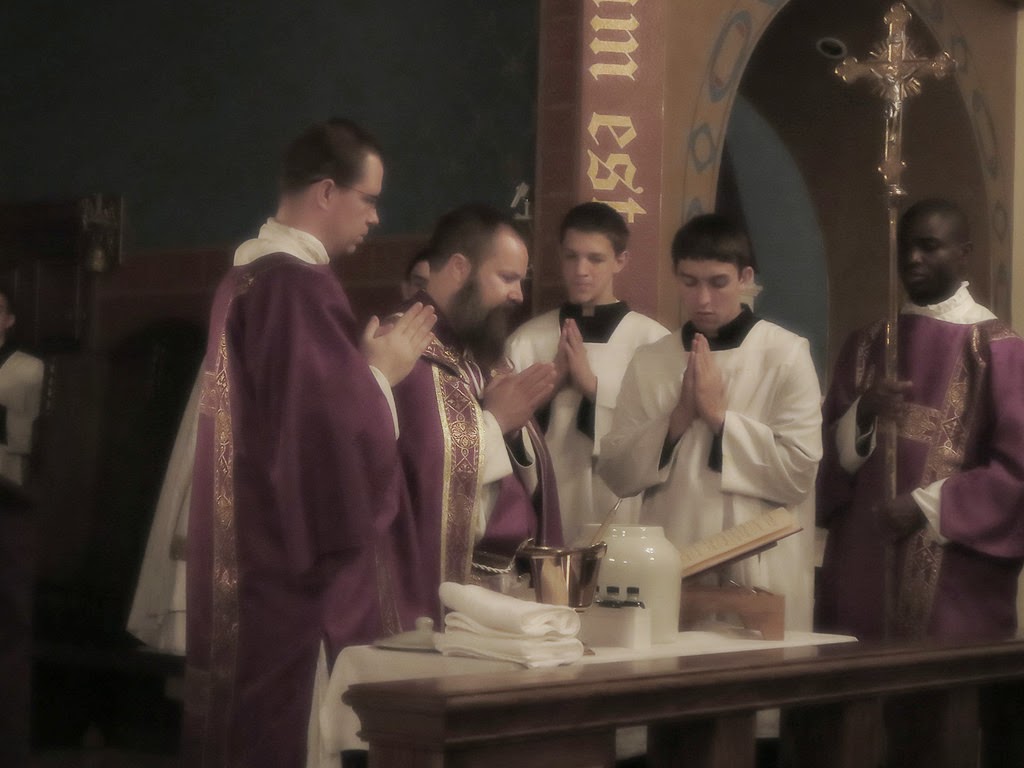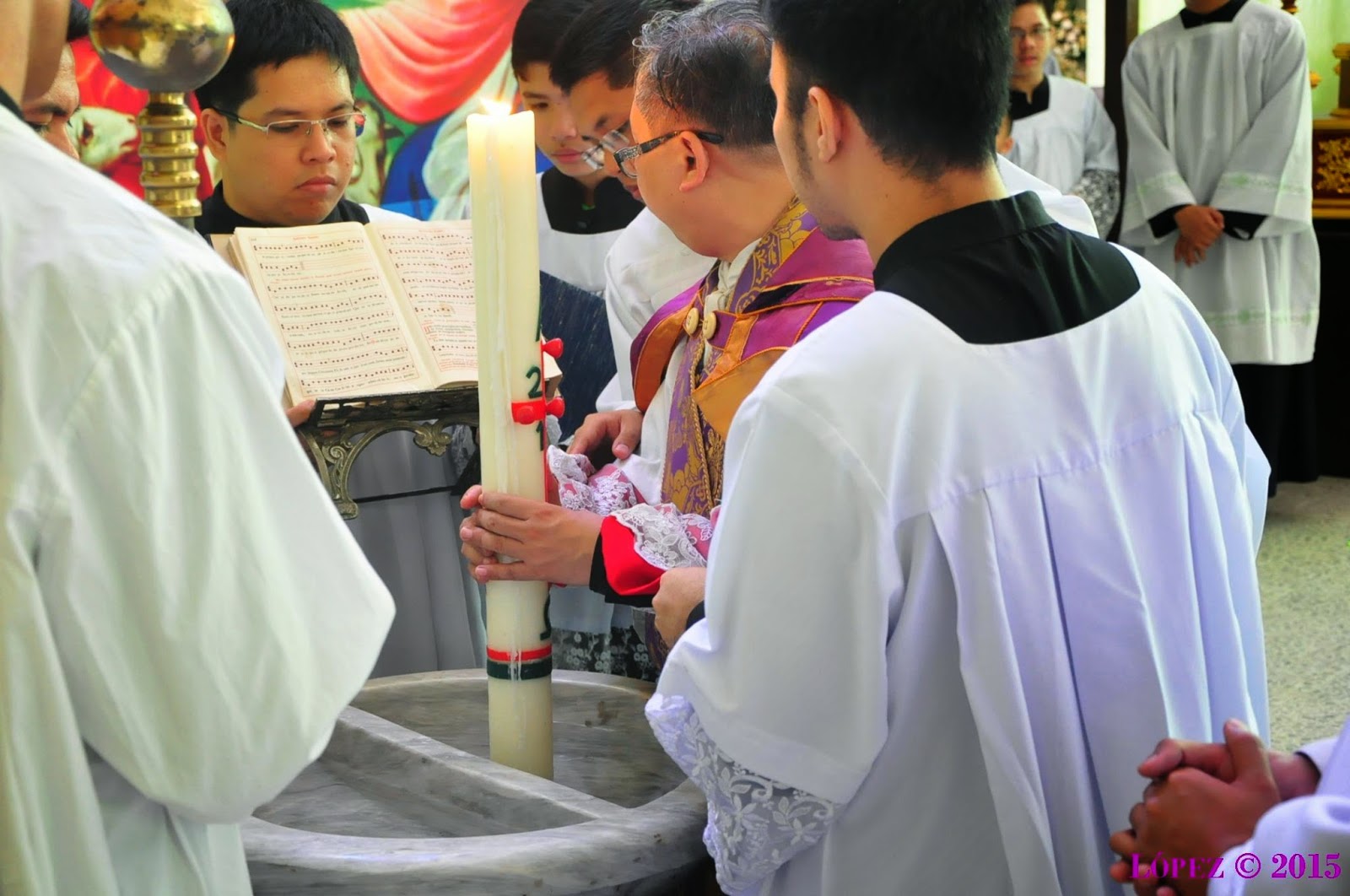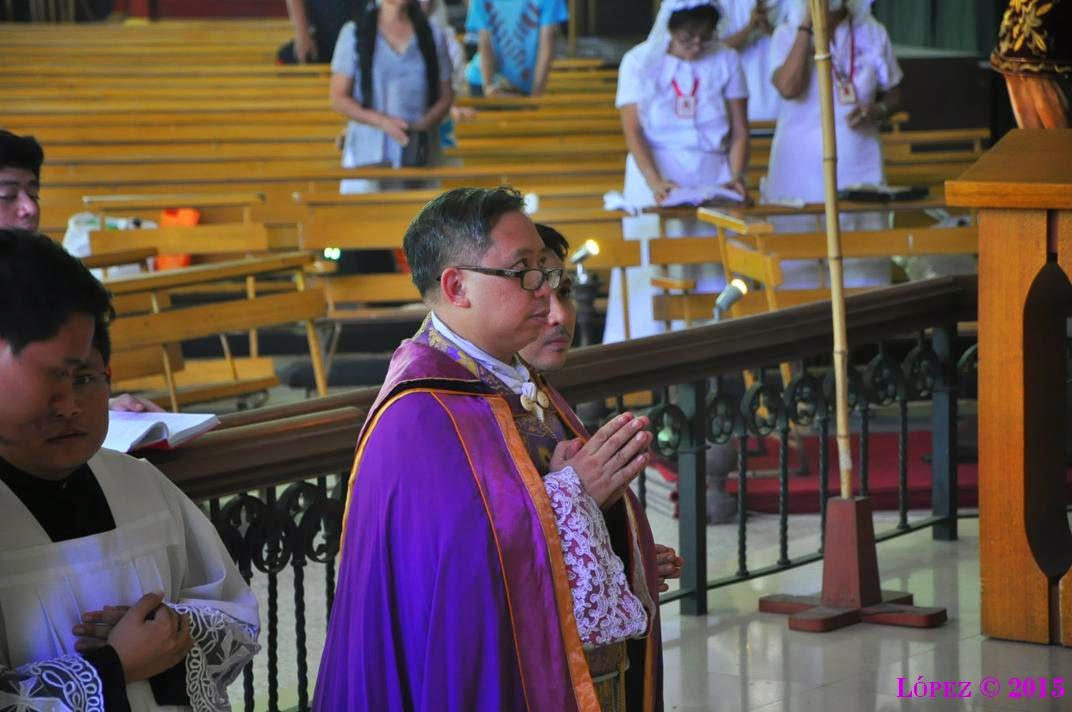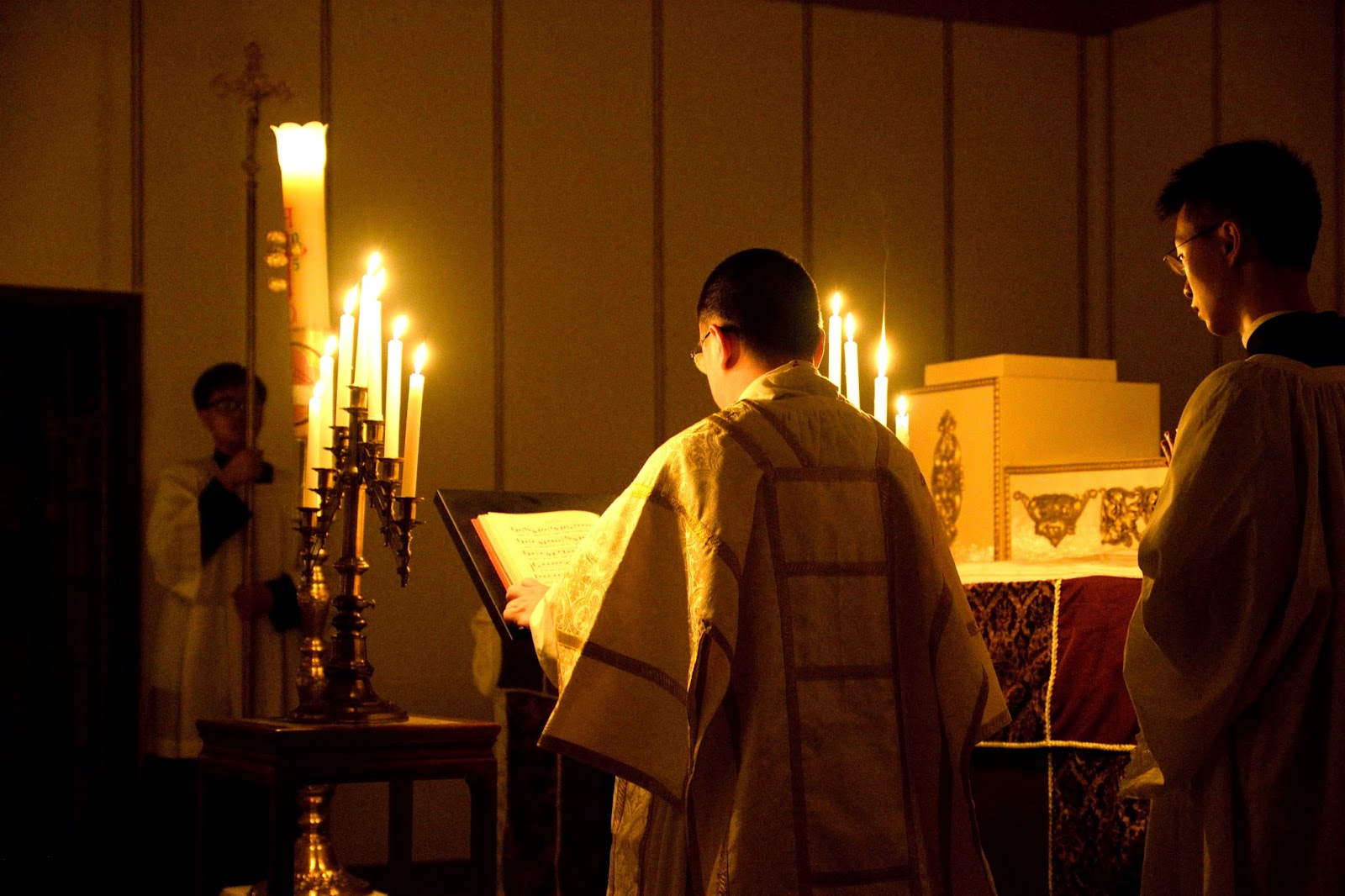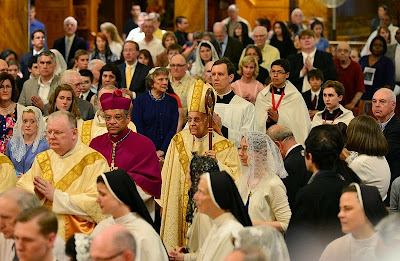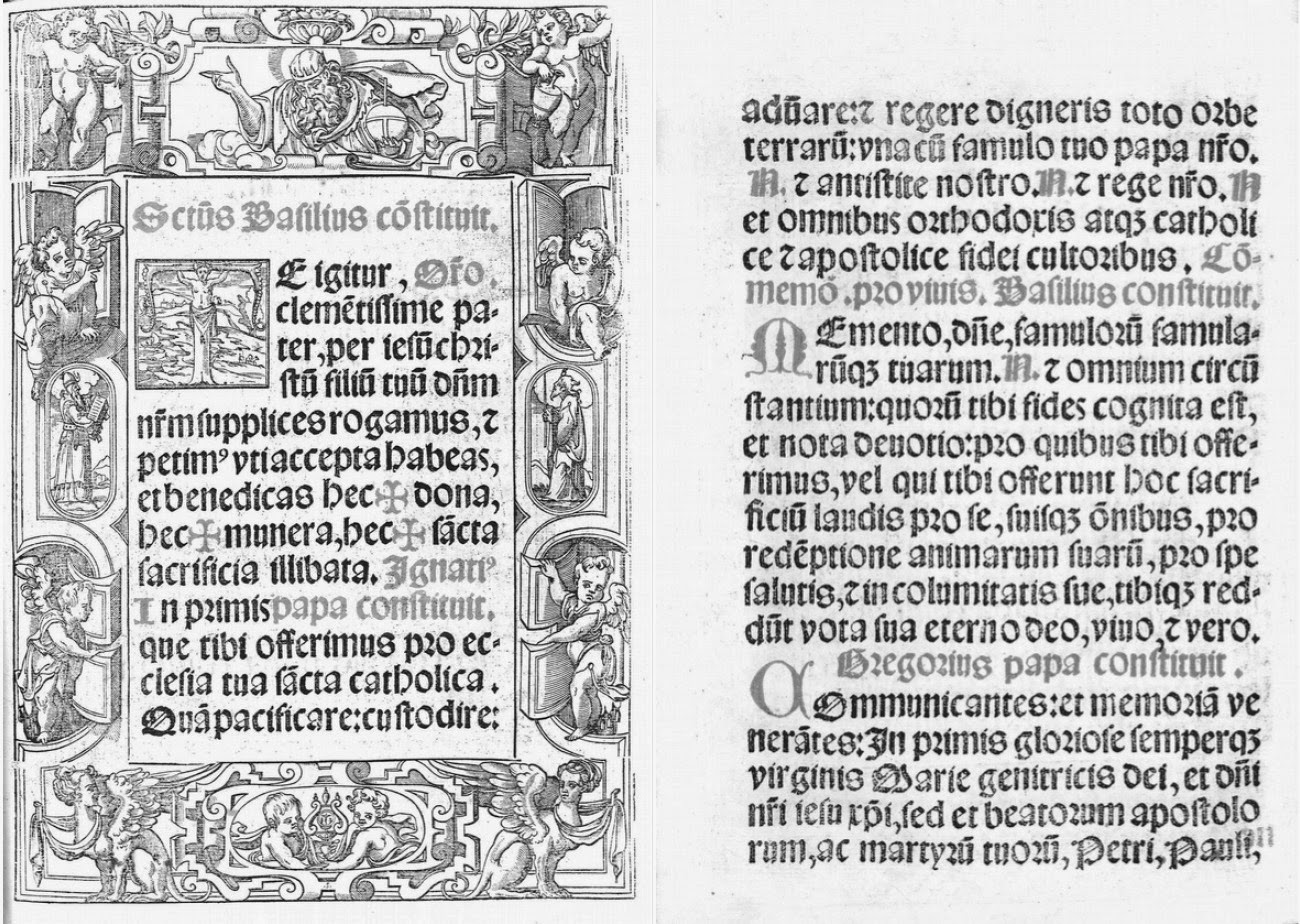Sacred Scripture says: “In much wisdom is much vexation, and he who increases knowledge increases sorrow” (Ecclesiastes 1:18). The more a devout Catholic studies the history, theology, and spirituality of the Roman liturgy, the more he or she tends to become deeply discontented with the current state of affairs; and if this student has been fortunate enough to discover in a personal way the traditional Latin Mass, Divine Office, sacramental rites, blessings, processions, and so forth, sharp melancholy and intense indignation are bound to ensue. How could it be otherwise? One comes to see the vast, rich treasures that were squandered; one comes to see the shallow, brittle academic novelties that were set up in their place. One sees how it is a replay of Esau trading his birthright for a mess of pottage (or a pot of message), except that this time, it was, grievously, Jacob who did the trading. The Novus Ordo becomes, in a sense, largely spoiled for those who, making an earnest inquiry into the history of the Roman Rite,
acquire a keen awareness of the imaginative archaeologisms and audacious innovations introduced by the Consilium in the 1960s and 1970s.
[1]For example, knowing how
and why the new “preparation of the gifts” was put together and the old Offertory abolished makes it all the more distracting, even distressing, to hear in person those quasi-Jewish prayers of blessing,
which are a total and complete fabrication and aberration in the Roman Rite (or really, in any classical rite).
[2] Or knowing how and why the venerable Roman Canon, most ancient of anaphoras, was criticized, nearly cancelled out, and, although retained,
eventually marginalized by other manufactured anaphoras that have zero place in the Roman liturgical tradition is enough to make one shudder every time the shorty-sporty Eucharistic Prayer II is selected.
[3] It is not easy to go back through those church doors, time after time, fully aware of the spectacle of rupture and discontinuity playing out before one’s eyes and ears in so many texts and gestures — or more often, in so many screaming
absences of text and gesture.
How easy, how fruitful, how consoling it would be if one could simply attend the traditional Latin Mass, and peacefully drink in its secrets, its wealth of prayer, its its pure and holy adoration. Yet we are still very far from a situation in which it is possible for most Catholics to attend the TLM on a regular basis.
In fortunate cases, I can find “pegs” in the new liturgy to hang on to, which enable me to yield myself to the liturgical action without too much critical reflection. If, for example, Mass is celebrated in such a way that the preparation of the gifts is done silently while the Offertory antiphon is being sung, I am able to forget about the quasi-Jewish blessing, since my attention is being drawn to the chant, which is truly an element of continuity. Cloaked in this way, the silent Offertory almost looks like the real thing; there is, one might say, a welcome illusion of continuity with the Roman tradition. In general, if Gregorian chants are sung, if there are times of silence, if people kneel for communion, and, above all, if the priest is facing
ad orientem, any or all of the above becomes a very substantial help to me in maintaining an interior calm and a focus on the Lord.
One ceases to be the theater critic
[4] and becomes the simple believer. But when these traditional elements are mostly or altogether absent (as they too often are), what hits me in the face is the massive fact of discontinuity, together with my knowledge of the dubious and, at times, modernist
reasons for that discontinuity.
One is hit, as it were, with a left hook and a right hook — an immediate, aesthetic, intuitive reaction, and an intellectual, spiritual, reflective reaction, both negative. And that makes the time at church poorly spent: one can become frustrated and annoyed, and feel that one does not have the right dispositions for receiving Holy Communion. Is it not true for a large number of the faithful — larger than officialdom would ever admit — that the Ordinary Form as typically celebrated puts a serious, almost fatal cap on our genuine “active participation”? Far from helping us along on the road to perfection, attracting us with its inner mystery and outward beauty, such a Mass is an event we just try to get through as quickly and painlessly as possible, hoping we will not think too much about anything we are seeing or hearing. How ironic, that a rite so drastically overhauled and reworked with a view to “reaching the people at last” and soliciting their hearty involvement has, in reality, turned off and distanced so many of the faithful over the decades and made distasteful the very
concept of active participation —
in spite of the utterly traditional understanding and pedigree of this venerable principle.
[5]With all this spiritual trouble that my decades of studying the liturgy have brought, do I ever find myself wishing that I
didn’t know the various things I now know? If I could turn back the clock to a point in time when I naïvely thought the reformed Mass was the cat’s meow, would I
prefer that state of ignorance, in order to have an easier time worshiping in this impoverished zone, this region of dissimilitude?
No, in all honesty, I can’t say that. My spiritual life would never have grown as it did, nor my grasp of sacred theology,
had it not been for the beauty, reverence, and profundity of the traditional liturgy that I discovered as a young man, fell in love with, and now long for ceaselessly.
[6] I would not today be a Benedictine Oblate praying the Divine Office, which is a source of tremendous vitality, light, and consolation to me. My situation is far from optimal, due to the irregular availability of the traditional liturgy in my community, but I do not regret bearing the cross of knowledge, which has opened to me a whole world of wonders to which I would otherwise be blind. It is a flowering cross, and I imagine the same is true for many who love traditional ways.
Sometimes people ask me why it makes such a difference whether one attends the Ordinary Form or the Extraordinary Form. Aren’t they essentially the same — the Holy Sacrifice of the Mass? Don’t you “get Jesus” at either?
Usually the one asking this common question does not really grasp how great the difference is between the forms, and how much they actually
form us,
how much they express and shape the very content our faith.
[7] The liturgy is an ethical-aesthetic event, it’s not a supernatural slot-machine for receiving a sacrament. How we worship is itself a definite exercise of faith, hope, and charity, one that prepares us well or ill for union with the object of these virtues. Liturgy is a certain icon of Christ and, in a way, an icon of man approaching Christ. Our very self-understanding and our orientation to God, our assimilation of His mysteries, is determined by the rite. One reaches the mystery
through the liturgy; the mystery is proportioned to the mind and heart by the texts, actions, music, silence. In a sense, the mystery is
given shape by the liturgy, even as it gives shape to the worshiper. Hence,
pace the egalitarian conservatives, it is not as simple as “overlooking” the human instruments to allow the divine agent to work; that would be like saying one could overlook one’s wife because she is, after all, a secondary cause, while God is the real primary cause. No child will be conceived that way, nor any marriage problem solved!
It is far more like the relationship between the meaning of a play, the words of it, and the way the words are presented — or even better, between a piece of music and its performance. The music has its real existence
in the performance, and one accesses it
through the performance. In an odd way, the music has no real existence apart from the performance, and neither has the liturgy some objective or generic essence by which we are perfected, in abstraction from the subjective and specific experience of liturgy here and now, in this or that form. We are perfected by the thing as it actually exists and functions, not by its technical validity or licitness. Attending the Ordinary Form is, in most cases, like listening to amateurs acting out a Shakespeare play bowdlerized by Victorians, or listening to a string quartet badly out of tune and time.
The reduction of liturgy to validity and licitness is truly one of the most subtle and pernicious reductionisms of the modern age, since it has long prevented urgently necessary conversations about the mystical-ascetical ascent to God through the contemplative dimension of the liturgy, with its companion goods of fidelity to tradition and cultural excellence. This is the conversation that we must have, precisely for the sake of encountering the real Christ, the just and merciful Pantokrator, and for the preaching of Him to our contemporaries.
NOTES[1] I certainly don’t deny that similarly dark business took place in the 1948-1955 revision of Holy Week, as documented in a number of places, such as Don Stefano Carusi’s
extensive essay. Nevertheless, even this revision cannot compare with what was done across the board to the entire order of Mass, lections, calendar, liturgy of the hours,
Rituale, Pontificale, etc. in the 1960s.
[2] As
Bishop Athanasius Schneider said: “The third wound is the new Offertory prayers. They are an entirely new creation and had never been used in the Church. They do less to express the mystery of the sacrifice of the Cross than that of a banquet; thus they recall the prayers of the Jewish Sabbath meal. In the more than thousand-year tradition of the Church in both East and West, the Offertory prayers have always been expressly oriented to the mystery of the sacrifice of the Cross (see e.g. Paul Tirot,
Histoire des prières d’offertoire dans la liturgie romaine du VIIème au XVIème siècle [Rome, 1985]). There is no doubt that such an absolutely new creation contradicts the clear formulation of Vatican II that states: “Innovationes ne fiant . . . novae formae ex formis iam exstantibus organice crescant” (
Sacrosanctum Concilium, 23).”
[3] Eucharistic Prayer II is an example of both “the exaggerated and senseless antiquarianism” and the “search for novelty” condemned by Pope Pius XII in
Mediator Dei (8; 59-64): cobbled together from bits of Hippolytus thought (mistakenly, as it turns out) to be an early Christian anaphora, given
a last desperate edit at a Roman restaurant the night before its due date, and nevertheless so inadequate in conveying the theology of the Mass as a true and proper sacrifice that its content was found perfectly unobjectionable by Protestant consultants. The learned and judicious Fr. Hunwicke has written more than once on the groundless innovation of multiple anaphoras in the Roman Rite.
[4] As Mosebach would put it: see my article
“Mosebach's Paradox."[5] On the correct understanding of "active participation," see,
inter alia, "A Note on Participation: What Can We Learn from the Word Actuosa?" and
"Is Lack of Solemnity a Cause or a Symptom of Our Problems?"[6] See
“A Young Father at Mass in Linz, circa 2000.”[7] See
“Two Different Treasure Chests” and
“Is the Mass ‘Just’ the Mass?”
